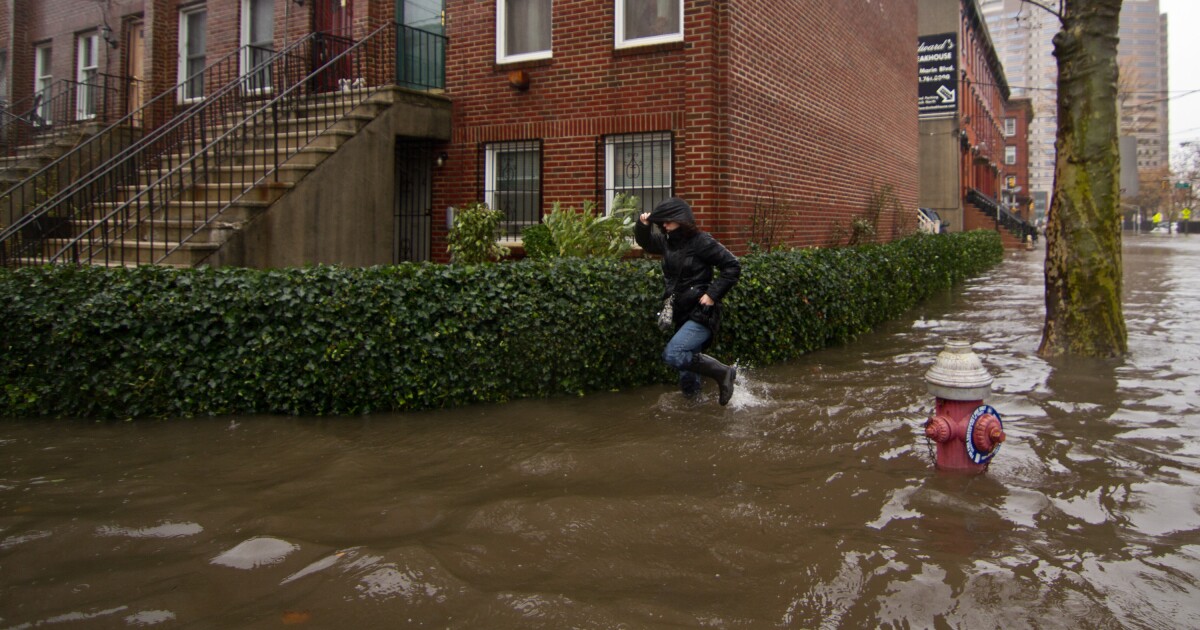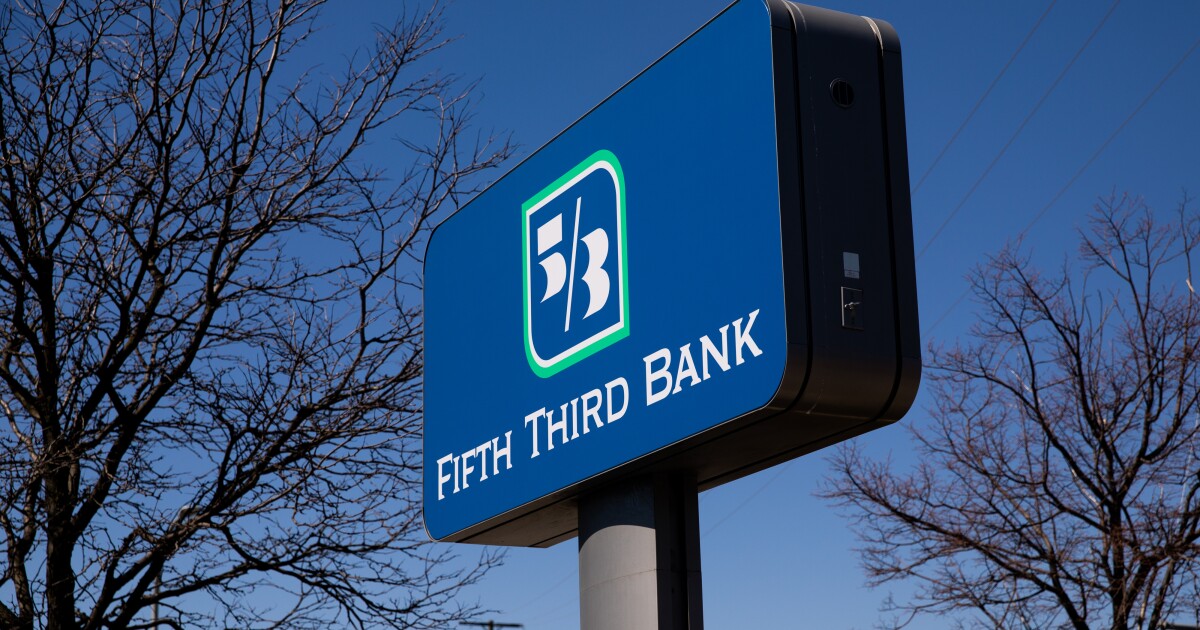Emile Wamsteker/Bloomberg
Nearly a million residential properties across the New York Tri State region carry the same
Even homes in inland metros like Buffalo and Newark face that significant risk, the Federal Reserve Bank of New York said
The findings come a week after
The New York Fed used CoreLogic’s structure-level climate risk data. It determined an average annual loss, representing the damage a property can sustain in a given year due to flooding, as a share of its insurable value. The identified Tri State properties have AALs over the national 75th percentile, lumping them with the country’s most climate-afflicted states.
Flash flooding, heavy rainfall and overflowing rivers damage both properties and infrastructure, weaken property values, send insurance premiums soaring, and hurt both consumer and investor finances.
In the Tri State region, 14% of all multifamily structures and 12% of all single-family buildings fall into the high-risk category, the study found. That equates to 1.6 million households or just over 4 million people, an estimate assumed combining data from the U.S. Census Bureau’s American Community Survey.
The specific communities with the most people at risk are Brooklyn and Queens, with a combined 276,124 households in the 75th percentile of AAL. Meanwhile New Jersey has the most people facing elevated flood risk located in low-to-moderate income census tracts, with 444,880 residents.
The Garden State also surpasses New York City with over 1.1 million people overall living in homes with greater flood risks. That risk profile is split more evenly between multifamily and single-family residences, whereas most of the 910,037 New Yorkers at risk live in multifamily units.
A few smaller Tri State towns face immense threat of rising waters: Long Beach, New York and Keansburg, New Jersey have over 90% of their properties in the high-flood zone. Across the Hudson River, around half of all households in Hoboken are at elevated danger of both coastal and inland flooding, the report found.
The New York Fed emphasized the risk for rental properties among multifamily stock, for both owners and residents. Owners have to pay for insurance and reconstruction, and aren’t obligated to keep rents unchanged or rehouse existing residents. Renters already face increasing monthly payments and
“This explains, in part, why renter status has been found to be a key indicator of disaster vulnerability,” the reports’ authors wrote.
Publisher: Source link











